Agreeing to Disagree: Why Indo–U.S. Strategy Must Anchor on India’s Realist Tradition
To ensure India emerges as the democratic counterweight to China, the United States should pursue a realist, long-horizon framework built on five pillars.
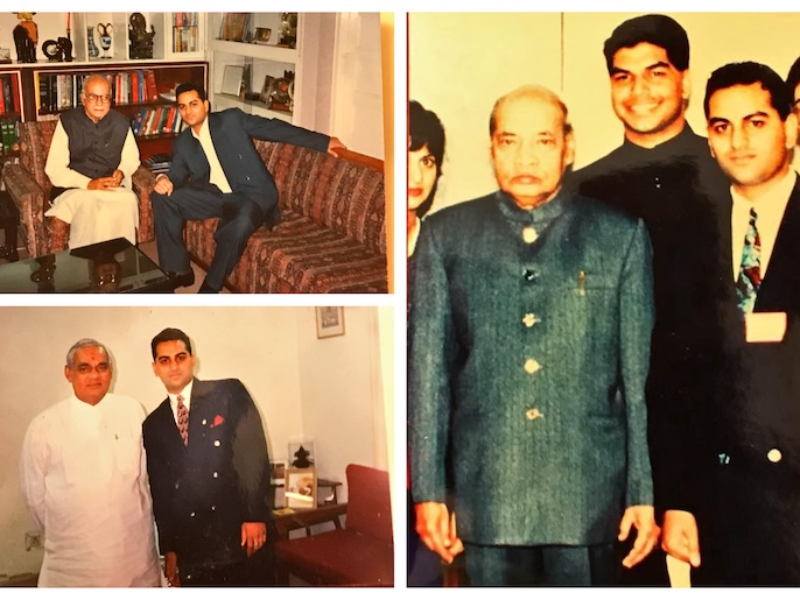 (Clockwise from top left): Dinesh Sastry with LK Advani, PV Narasimha Rao, and Atal Bihari Vajpayee. / Handout/Dinesh Sastry
(Clockwise from top left): Dinesh Sastry with LK Advani, PV Narasimha Rao, and Atal Bihari Vajpayee. / Handout/Dinesh Sastry
For decades, I have witnessed firsthand how leaders in India, China, Pakistan, and the United States frame questions of war, peace, and prosperity. As a political strategist who introduced American-style political consultancy to India in 1995, I advised Prime Minister P.V. Narasimha Rao, Prime Minister Atal Bihari Vajpayee, and Deputy Prime Minister L.K. Advani for many years, learning up close how political liberalization and modernization unfolded. I also engaged in business at the dawn of India’s economic reforms and worked to seed early U.S.–India defense cooperation—experience that informs my view that Washington should anchor its Indo-Pacific strategy on India as a sovereign, rising partner.
Over the years I have met with senior members of China’s top leadership—across party, policymaking, and military circles—gaining perspective on how Beijing weighs deterrence, development, and regional balance. Those encounters reinforced a core lesson: the United States must place India at the center of its Indo-Pacific approach, not as a client, but as a sovereign partner whose rise directly serves U.S. interests in balancing China.
P.V. Narasimha Rao’s Realist Wisdom
When I sat down with Prime Minister P.V. Narasimha Rao at his private residence, he described the essence of his compact with China in three words: “agree to disagree.” On border disputes and land claims, he conveyed a simple realism—each side would continue to assert its rights under international law, yet both would privilege growth over conflict.
Rao framed it with striking pragmatism: “You are the booming economic tiger of Asia. India is the booming emerging economy of the world.” It was an understanding rooted in restraint and economic realism: development mattered more than territorial maximalism.
In 2018, I relayed that very approach to President Trump regarding engagement with Kim Jong Un: acknowledge irreconcilable differences while pivoting toward stability and growth.
Lessons from Vajpayee, Sharif, and the Price of Bread
This economic realism also colored India’s private dialogue with Pakistan. Prime Ministers Atal Bihari Vajpayee and Narasimha Rao often described how their conversations with Nawaz Sharif were less about nuclear doctrine than about wheat prices.
Sharif once remarked that legitimacy at home turned on the price of bread—or more precisely, parity with India’s growth. But the Pakistani ISI, a war-driven machine, repeatedly undercut that logic, pulling the relationship back toward confrontation.
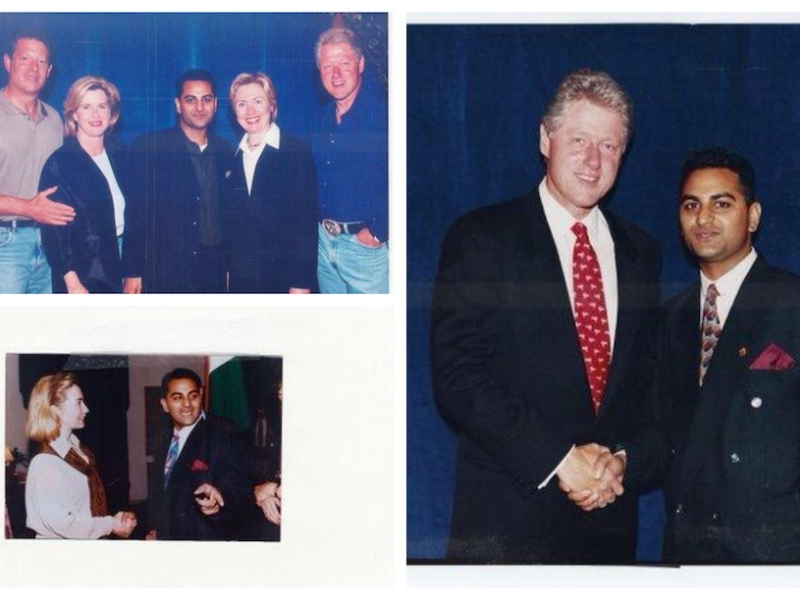 Dinesh Sastry with the Clinton family. / Handout/Dinesh Sastry
Dinesh Sastry with the Clinton family. / Handout/Dinesh SastryBuilding the Defense Foundation
Economic pragmatism does not mean neglecting security. I personally helped arrange the first U.S.–India defense sale—the Thales Raytheon Fire Finder Radar, deployed along the Kashmir border to track incoming artillery and rocket fire. That transaction was more than a transfer of hardware; it signaled the beginning of a defense relationship that has since grown to include joint exercises, technology partnerships, and intelligence-sharing frameworks.
This foundation must now be expanded dramatically. If Washington hesitates, India risks being left to balance China largely on its own—an error the United States cannot afford.
Guardrails for U.S.–India Strategy
To ensure India emerges as the democratic counterweight to China, the United States should pursue a realist, long-horizon framework built on five pillars:
• Deepen defense cooperation. Expand co-production of advanced systems (drones, missile defense, naval platforms) and accelerate approvals under the Defense Trade and Technology Initiative (DTTI).
• Enable technology transfer. Prioritize semiconductors, AI, quantum, and cyber defense partnerships, making India a trusted node in secure supply chains.
• Support economic parity. Catalyze U.S. private investment in India’s infrastructure, energy transition, and digital economy—the bread-not-bombs insight that economic stability underwrites security.
• Institutionalize strategic dialogue. Elevate U.S.–India talks beyond episodic summits to standing councils on defense, technology, and trade.
• Think long-term, beyond personalities. A second Trump term was an aberration in the continuity of U.S. strategy. The bipartisan consensus on the Indo-Pacific demands investing in India now—or risk ceding ground permanently to Beijing.
Conclusion: A Realist Compact for the 21st Century
The wisdom of Rao, Vajpayee, and even Sharif underscores an enduring truth: bread often matters more than borders—but bread must be defended. For the United States, the national interest lies not in drawing India into a client relationship, but in enabling its rise as a sovereign, democratic countervailing force against China. 2 If Washington hesitates, the window will close. Now is the moment to forge a compact rooted in realism, prosperity, and shared security.
The author is the President of Illuminant Capital Holdings LLC.
(The views and opinions expressed in this article are those of the author and do not necessarily reflect the official policy or position of New India Abroad)



 Dinesh Sastry
Dinesh Sastry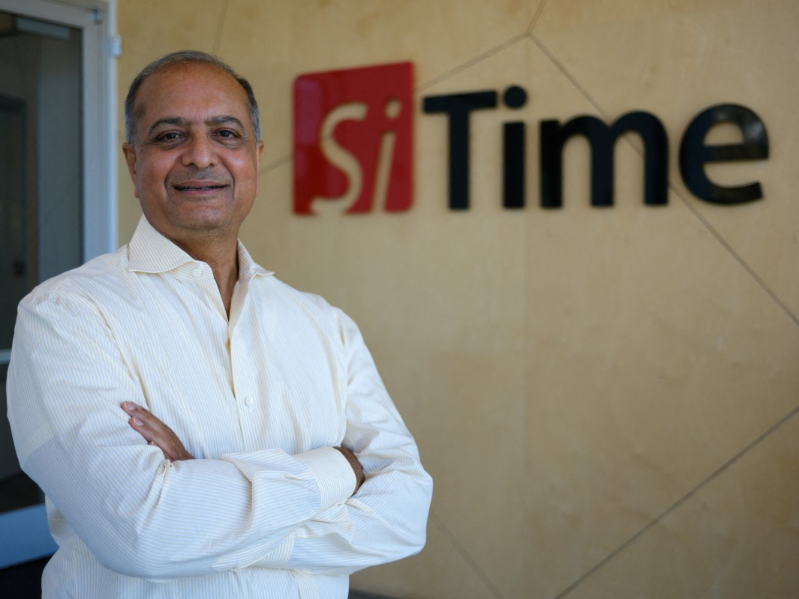



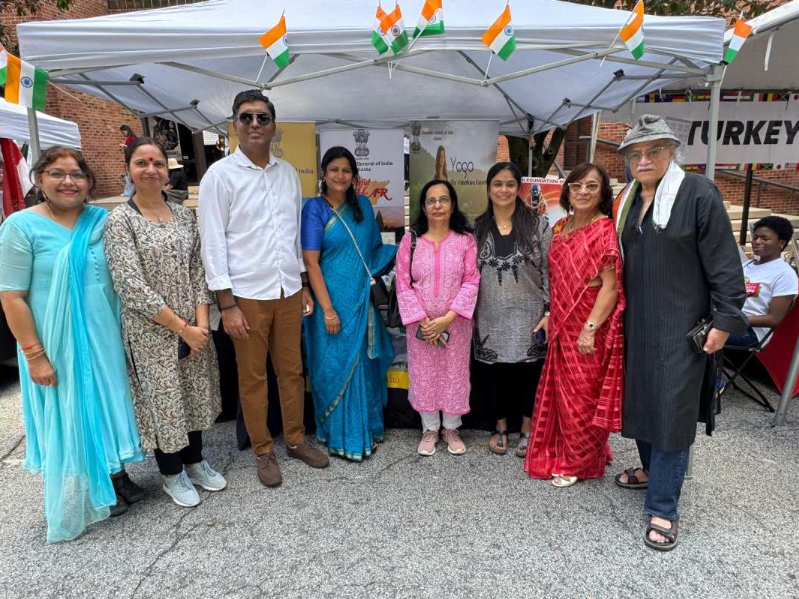
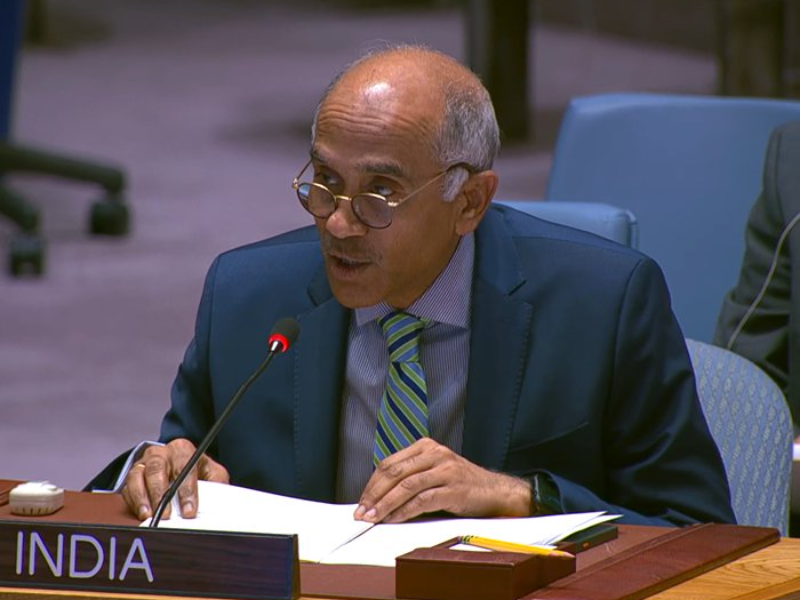
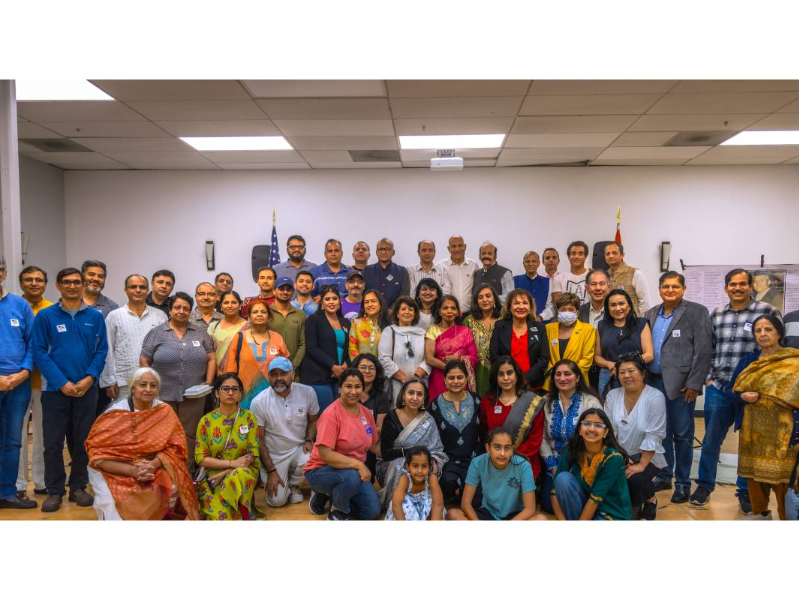
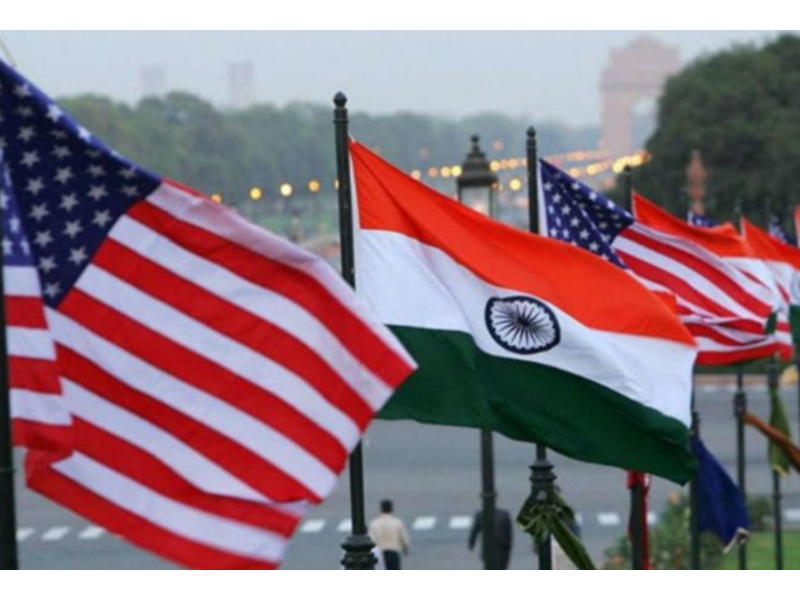
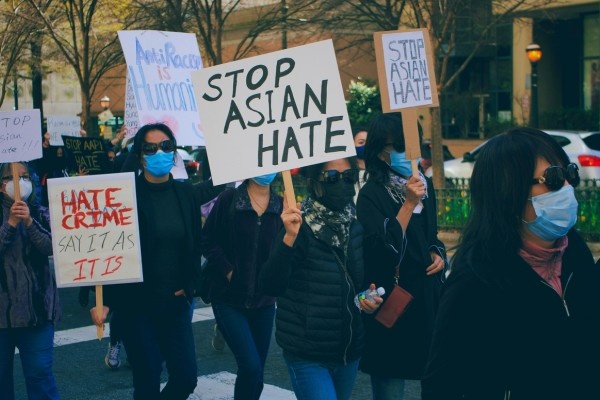
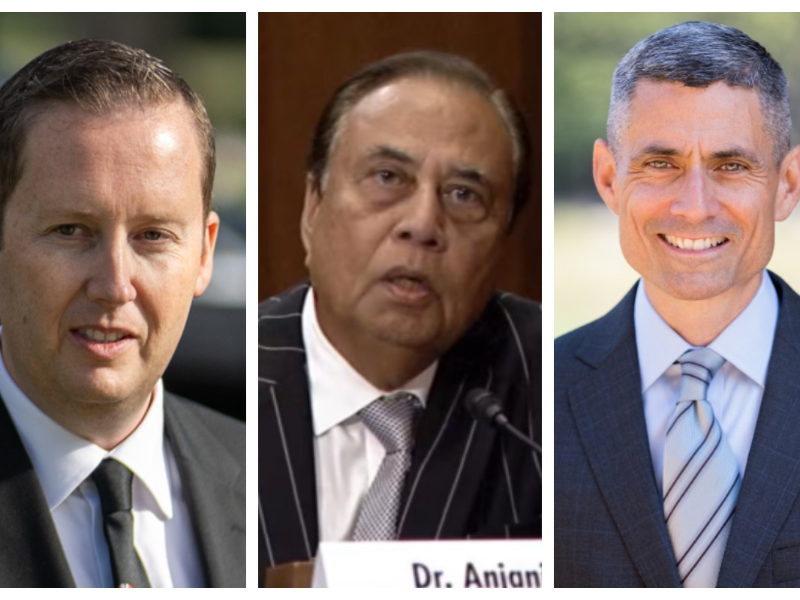




.jpg)

Comments
Start the conversation
Become a member of New India Abroad to start commenting.
Sign Up Now
Already have an account? Login